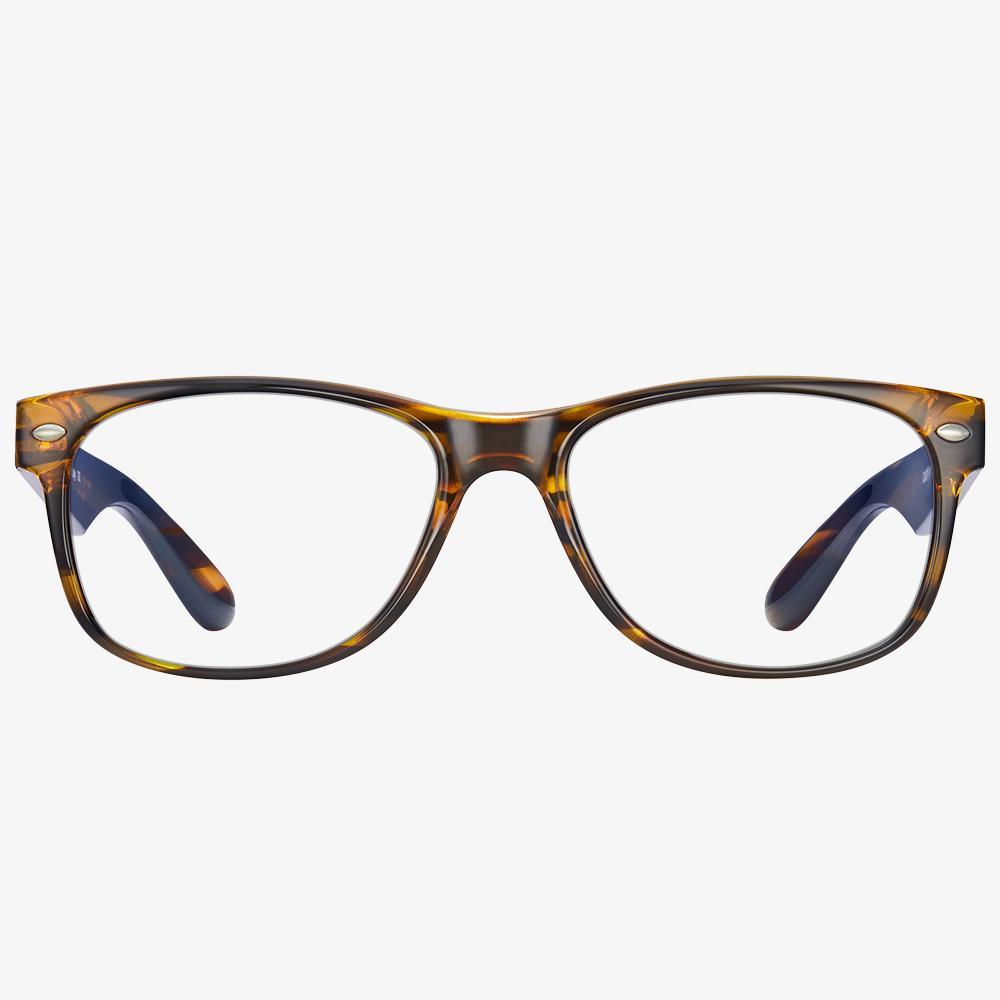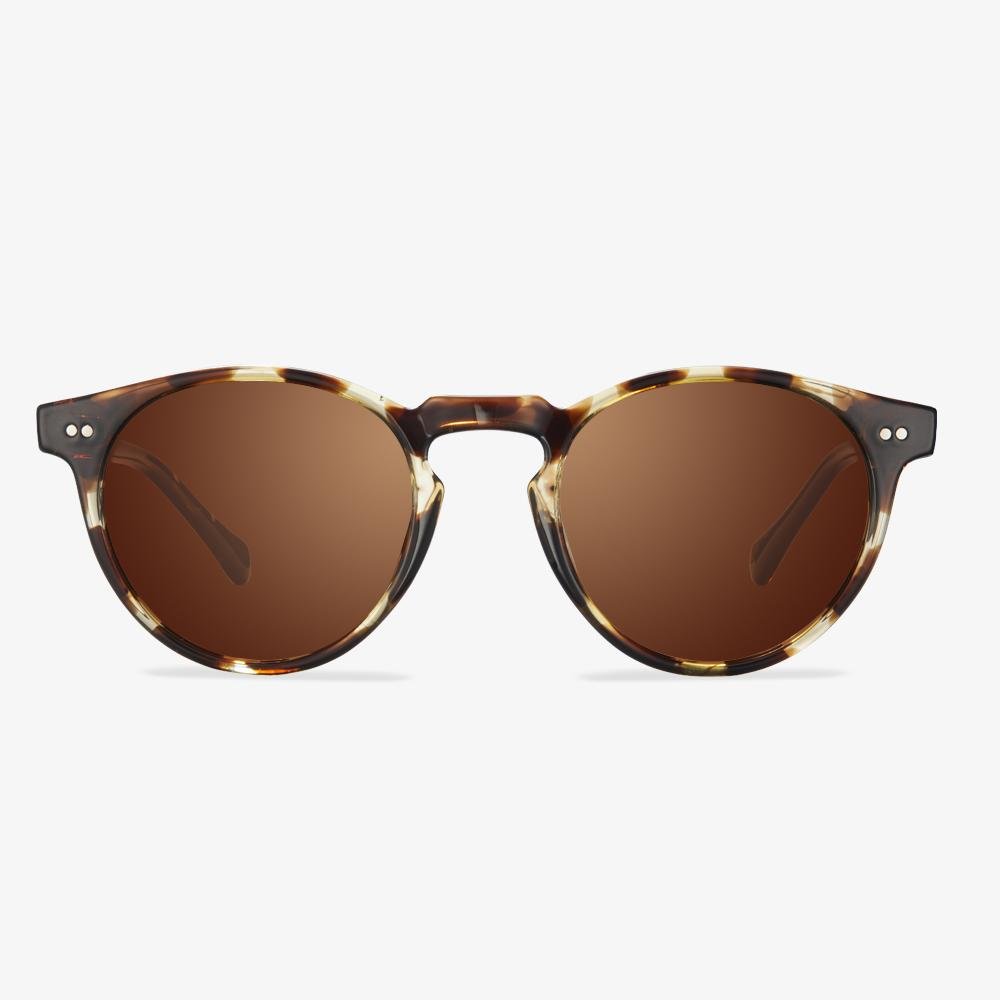Are blue lenses good for driving?
Do not buy blue sunglasses, which cannot filter ultraviolet rays. In the choice of sunglasses, try to choose brown or gray. When driving a car, choose to wear sunglasses, and safety should come first. Wearing and viewing comfort is the most important indicator. It is worth reminding that wearing dark-colored sunglasses will create a very dark environment for the eyes, which will easily lead to pupil dilation, and long-term wearing will cause certain damage to the eyes.
Semi-rimless glasses are easier to clean and maintain
Semi-rimless glasses usually have only half of the glass frame. We tend to wipe our glasses in one direction, but we all know that the glasses are all wrapped up. So when some small particles appear on our glasses, these things can not be wiped out by the glasses cloth, and it is easy to scratch the lens. This is one of the drawbacks of full-frame glasses.
What to consider when buying eyeglasses?
Usually, people with lighter skin tones choose lighter color frames, while those with darker skin tones choose dark color frames. For example, people with lighter skin tones can choose soft pink frames, tortoiseshell frames, or gold and silver frames, while those with darker skin tones can choose red, black, or tortoiseshell frames.
Why does an optical shop carry out the preferential activity?
These activities can attract a steady flow of traffic, but to keep the original flow out. It helps improve the store in the community awareness, expand visibility. It can attract new customers to the store, encourage old customers to introduce new customers, and stimulate old customers to buy again. And then increase store sales and add new customers.
The resurgence of celluloid glasses
However, in recent years, celluloid glasses have quietly returned to warm; It all started with a niche Japanese brand of handmade eyewear.
Most of Japan's top hand-made celluloid glasses are made in Mako Prefecture and are a favorite of many celebrities. Celluloid is a plasticizer with nitrocellulose as the main raw material. Cotton, pulp, and other fibers make up 70% of the raw material, which is mixed with camphor. Although the color is relatively limited, it has a unique material texture and texture, so Japanese handmade frame makers have been insisting on using it. Moreover, because celluloid is pretty stable when it dries, it can be shaped into a finer shape, keeping the frame intact even without metal leg cores.
The taboos of wearing glasses while driving at night
Night driving members should not wear tawny, green, and gray glasses. Tawny glasses can filter out most of the ultraviolet rays, although can make our eyes feel relaxed but easy to make people sleepy. Green glasses will turn red lights into black, directly affecting our judgment of traffic lights, so there is a great safety risk. Grey glasses, due to their low light transmittance, will weaken our line of sight and affect our observation of the road.
What is a progressive lens?
A progressive lens is a lens whose upper sides are used to see far, and the lower side is used to see near. The distance from the fixed distance power above the lens to the near power fixed below the lens does not change suddenly, but a gradual transition between the two through the gradual change in refractive power.
Standard progressive lenses are multifocal lenses with three observation areas, farsightedness, intermediate vision, and nearsightedness. Unlike bifocals, there are no visible lines between each viewing area. They have a seamless, invisible design, where the optical power changes 'gradually' throughout the lens. Many people confuse 'bifocal' or 'trifocal' with 'progressive' but remember that bifocals and trifocals have visible lines in the lens, while progressive lenses do not. Because progressive lenses have no lines in the lens, they are more popular multifocal lenses than bifocal lenses. However, is progressive lens good for eyes?


















































